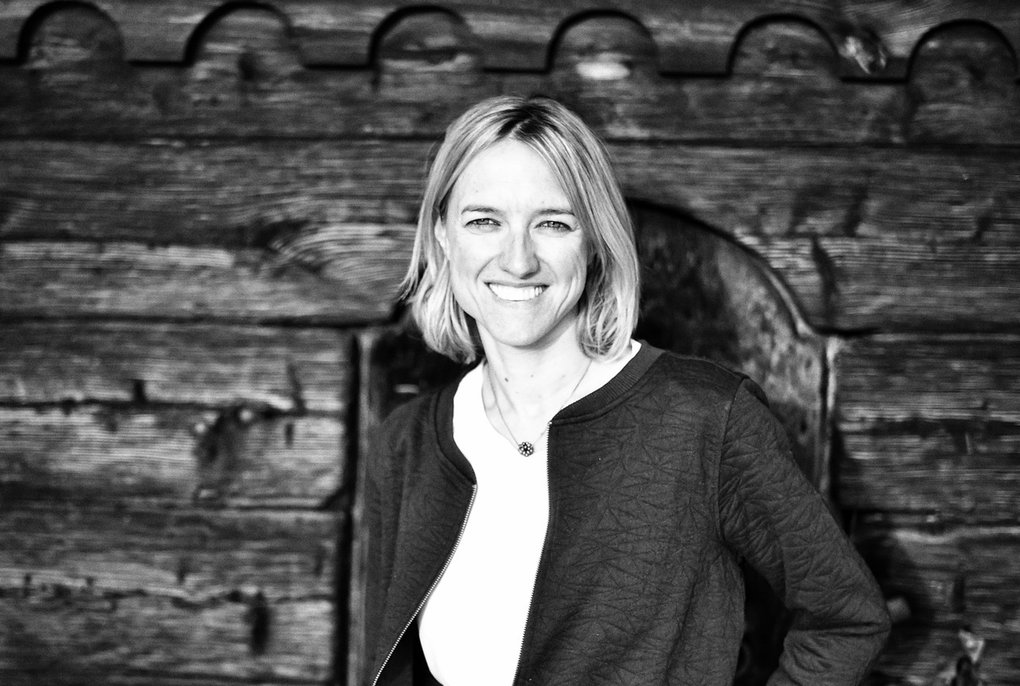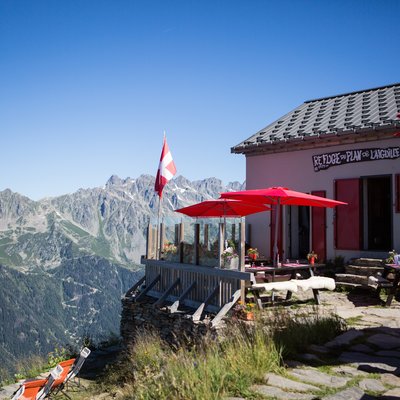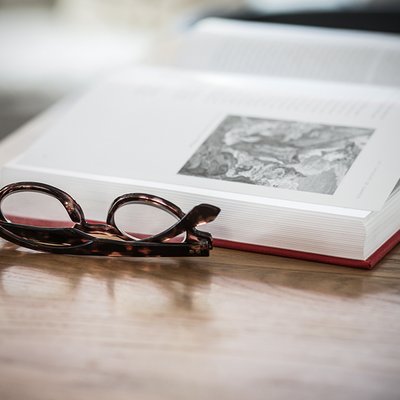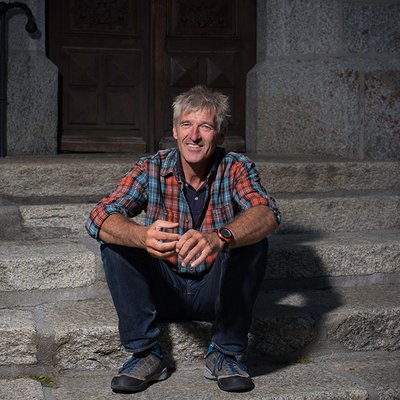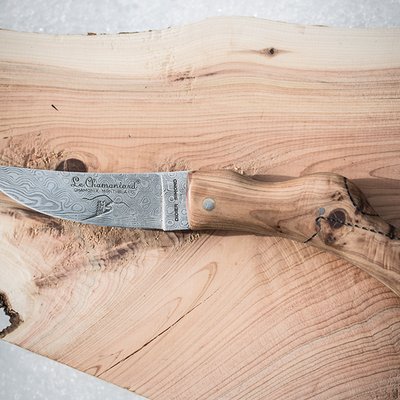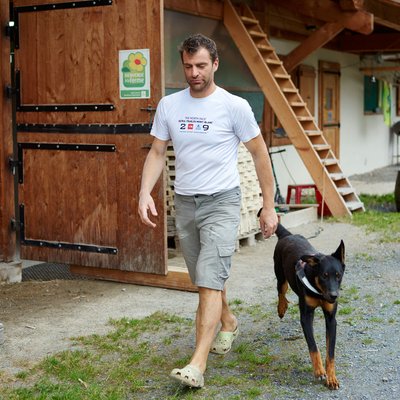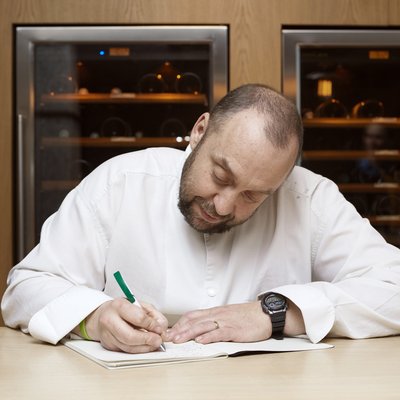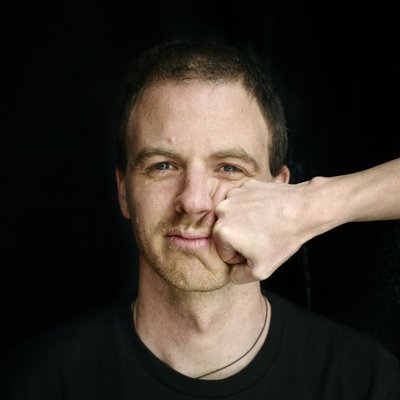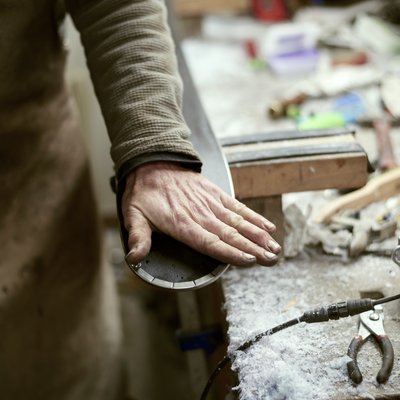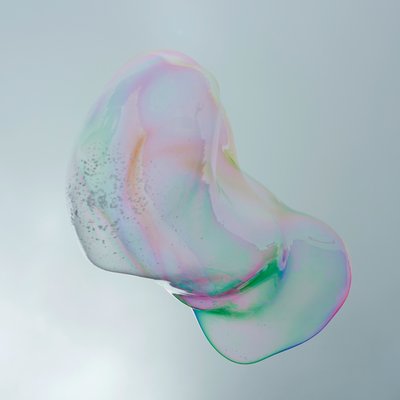The Not So Common Thread Of Emma Wibault
“I want my designs to tell a story” – Interior designer Emma Wibault on ideas and finding inspiration in every day life.
Ideas – disembodied, energetic life-forms floating about, waiting for a human being to see them, grab them and bring them to life – that’s basically how Elizabeth Gilbert, the American author who shot to fame with her novel „Eat. Pray. Love.“, describes the creative process of coming up with new ideas in her book „Big Magic“. German philosopher von Helmholtz identifies three stages in this process: saturation (a topic is analysed, examined and investigated), incubation (leaving said topic aside and immersing oneself in something completely different) and, finally, illumination, or, as he puts it, „when happy ideas present themselves easily and unexpectedly like an inspiration.“ And some people, like Austrian writer Thomas Glavinic, literally dream up their ideas. By his own account, he came up with the story of his novel “Der Kameramörder” in his sleep. Emma Wibault, an interior designer from Chamonix, is familiar with this phenomenon. “Ideas form at night in my dreams and when I wake up the next morning, they hit me like lightning bolts and I just know which techniques to use or which colours to chose.”
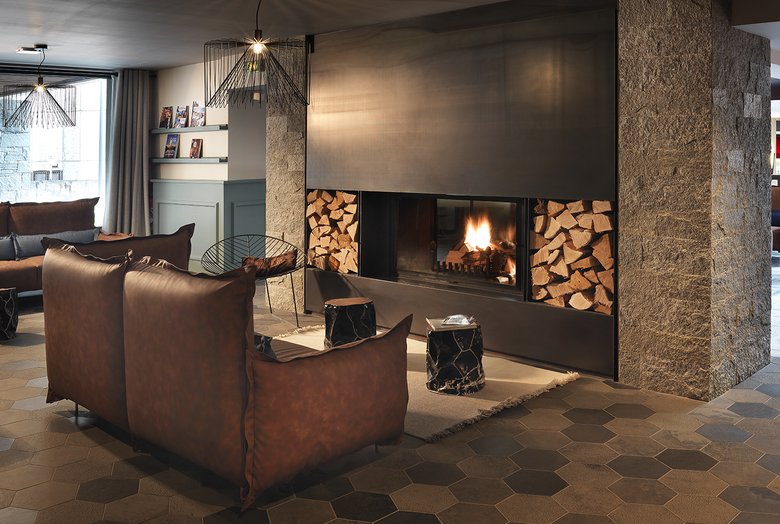
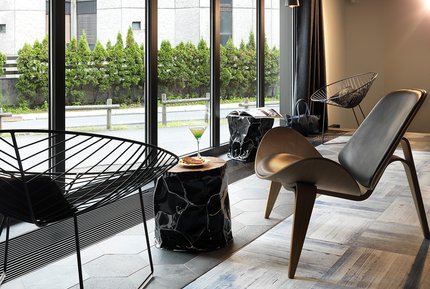
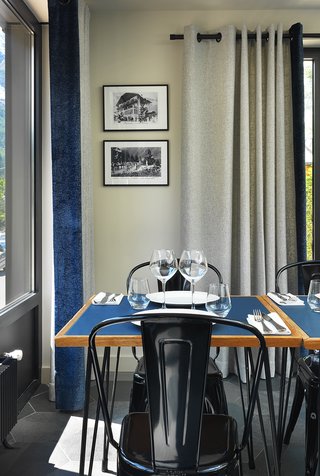
It became clear quite early that Emma would one day design the interiors of chalets and hotels. „Sometimes I feel like it is easier for me to express my thoughts and feelings through sketches than through words. When I was little, I would tear pages out of an IKEA catalogue and say,’this is my kitchen, this is my living room, this is my bedroom.’ I loved drawing and inventing things. Becoming an interior architect was a very natural development,“ Emma Wibault recounts. Today, she lives in the ground floor of a chalet in beautiful Chamonix, just below the museum presenting the works of her grandfather, the painter Marcel Wibault. Her father Lionel, a mountain guide, paints as well, and so does she when she is not working on one of her projects.
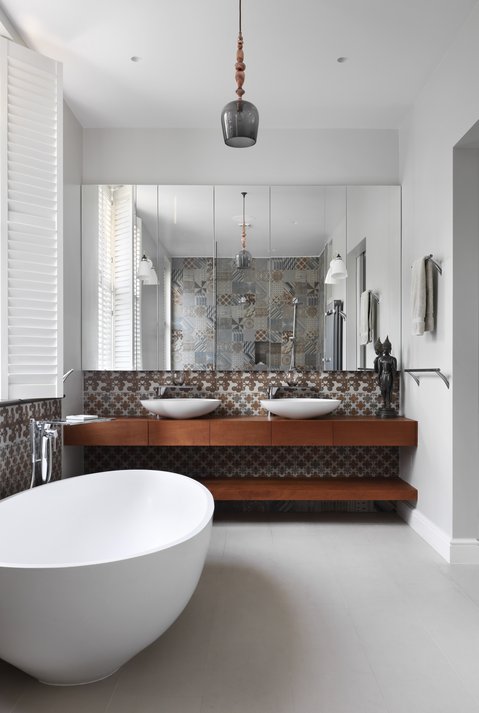

And there have been quite some of them lately: hotel “Le Prieuré” in Chamonix, for example, which she redesigned on behalf of the agency she works for. Or the interiors of cosy family chalets or a family home in Notting Hill, London, where no one standing in front of the classic Victorian façade would expect the jungle patterns she used on many of the houses inside walls.
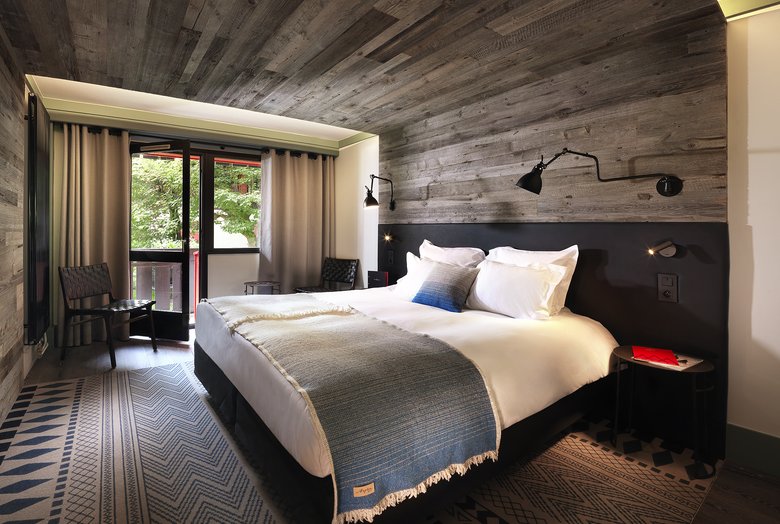
Story in Red: Hotel “Le Prieuré”
“I want my designs to tell a story, to have some kind of common thread running through them,” the architect explains. In the case of “Le Prieuré”, the mountain guides were the inspiration for Emma Wibault’s design concept. “We realised that most people come here here for two or three days to climb the mountains. So, in fact, it’s the mountain guides who attract them.” And that’s why Emma commissioned a small “Walk of Fame” with the guides’ handprints on the floor for the hotel entrance. And then there’s the colour red, the common – or, in this case, red – thread of the design concept. Many people in the Alps associate red with the mountains. Just think of the red laces that mountain guides used to wear in their shoes, or the red ropes they use for climbing. Such a rope can also be seen on the walls in the back of the restaurant where it traces the zigzag of the mountain silhouette around Chamonix. A nice way to learn about the region while waiting for your roast chicken. “I was adamant about using a red rope,” recounts Emma Wibault, “but it was nowhere to be found. I talked to my father about it. Turns out, he had just the rope I had imagined, and it even had the perfect length: In the end, only a few inches were left.”
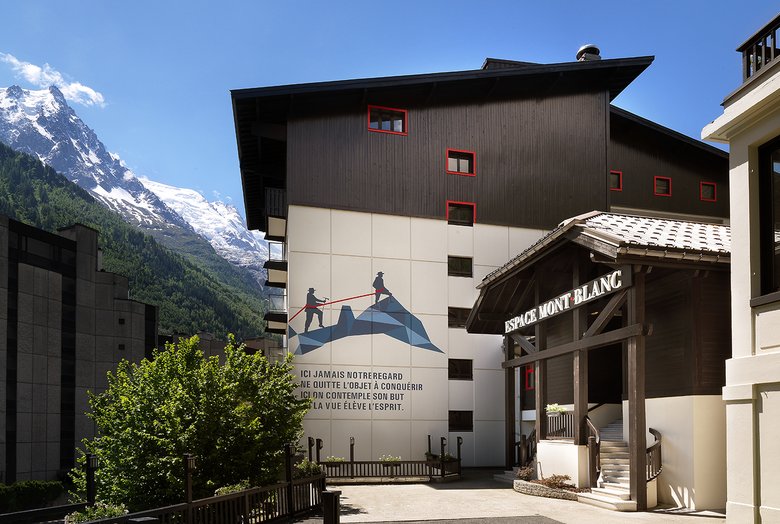
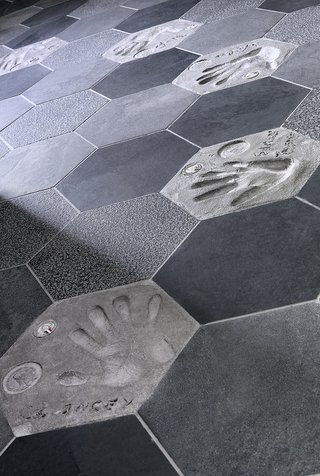
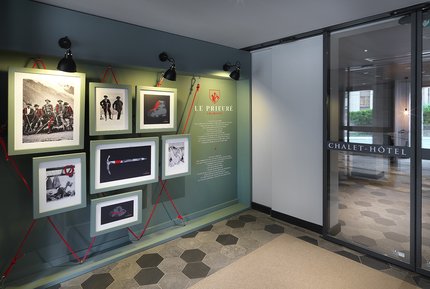
Half Swedish, half Chamoniarde
Emma Wibault likes to use locally sourced materials. “I always try to use wood from the Vallée - fir, oak or, depending on the project, ash.” And durable materials that become even more beautiful as they get older. And she is always looking for functional solutions of aesthetic value. All in all, her style can best be described as a result of her roots – half Swedish, half Chamoniarde. “In my work, those two worlds merge, and of course the end result is also influenced by what my clients want. That’s in the focus of my work, making my client happy and our work unique. I would never do the same thing twice,” she explains. So Emma Wibault will always seek to match a particular client with the right solution. “I try to identify what resonates most with them, and that points me to where we should be going. It is like a tree trunk from which branches start to grow, making a project an integral whole.” It is also the versatility of her profession Emma Wibault appreciates so much. “Being an interior designer is not all about drawing sketches, being creative and choosing colour schemes. It also means drawing up a budget, manage Excel sheets and supervise construction and implementation of your plans,” she explains the more practical aspects of her job. And she also likes the personal interaction with clients, the relationships that are formed, lasting long after the last curtain rod has been chosen and mounted. “They send me cards and photos and sometimes drop by for a cup of tea.” Obviously, you leave traces when you create people’s most personal spaces.
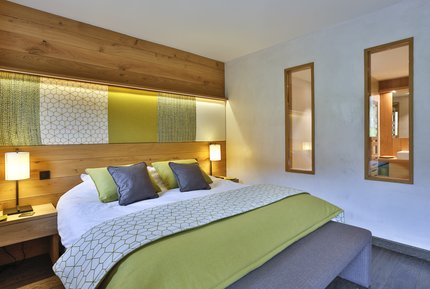
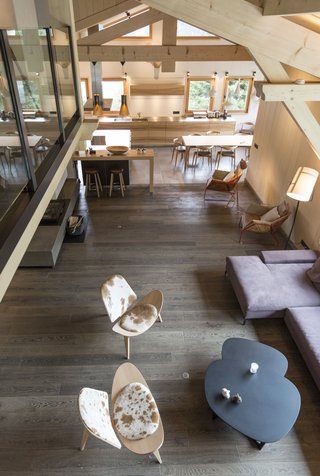
Emma Wibault is never short of inspiration. She finds it while skiing or in the midst of everyday life, and while she does have goals, she does not want to focus on the future, she says, “Every day is full of surprises.” That’s the mindset of people who are open to new ideas – ideas you can grab and breathe life into. Life and the wonderful fresh air of Chamonix.
www.emmawibault.com
Text: Martha Miklin // friendship.is
Photos: Solene Renault; Hotel Le Prieuré; Alexander James
Feb. 17, 2017

